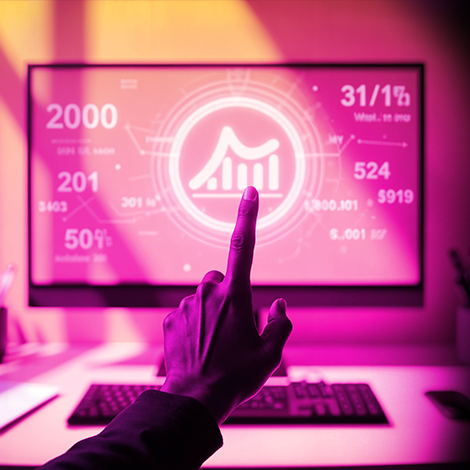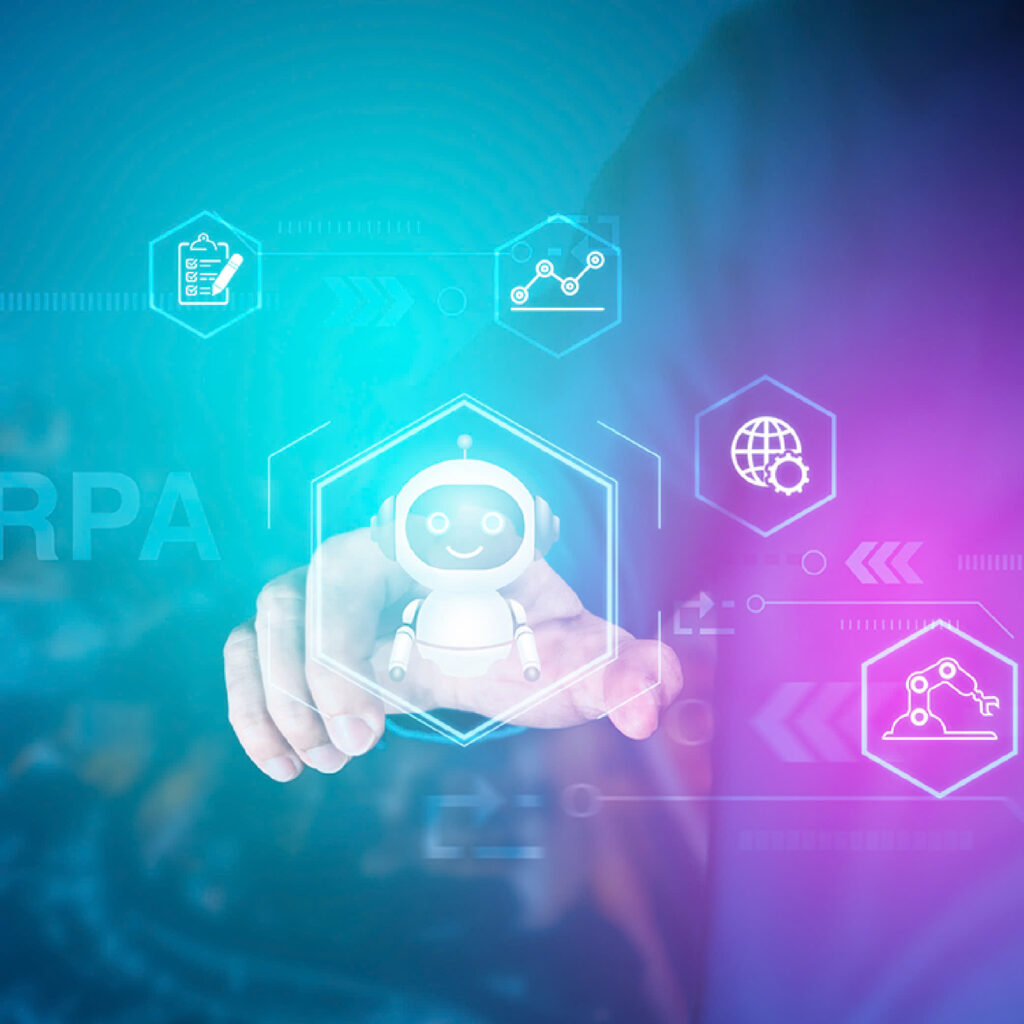
AI is transforming businesses everywhere. It has revolutionized all aspects of operations, marketing, and logistics, offering powerful tools for processing data. The workflow is optimized for maximum efficiency, reducing the time required to complete tasks. Mundane tasks in to-do lists have gone down considerably. However, it doesn’t mean all is perfect. Data, or how it’s processed, is not always free from bias. Yes, even when it’s a machine that’s doing the work.
For instance, the dataset used to train the AI models may primarily include information on one demographic, or the algorithm could be flawed. If left unchecked, these biases can negatively impact business decisions. This article looks at how biases in AI systems can affect marketing campaigns and functional tips for marketers to counter the negative impact.
Three Key Biases Marketers Should Be Mindful Of:
- Data Bias: When the data used to train the AI model does not accurately represent the population, the results get skewed to favor a particular group or characteristic. For example, AI hiring tools trained on historical data could be skewed toward hiring and promoting men, leading to gender discrimination.
- Algorithmic Bias: Inherent design flaws in algorithms can lead to flawed decisions. For example, in finance, AI models may discriminate against similarly situated individuals due to human biases in the algorithm, narrowing the definition of “acceptable” while disbursing loans.
- Interaction Bias: This type of bias arises from how the users interact with the AI system. It can also result from flaws in the feedback loop. For example, if certain groups of users are more likely to use a system in a particular way, the AI might learn and reinforce those behaviors, leading to biased outcomes.
Why Marketers Need To Address AI Bias:
- Ethical Responsibility: AI systems should be fair and unbiased, helping the business avoid causing any harm to its consumers.
- Decision-Making: If marketers make decisions based on biased algorithms, it can affect customer satisfaction and compromise the overall business.
- Business Goodwill: Biased algorithms can turn away paying customers if they feel their recommendations are not personalized enough or, at worst, discriminatory. It can even damage the brand’s reputation.
- Legal Compliance: There are increasing regulatory requirements, such as the EU’s GDPR, around fairness and transparency in AI. Businesses need to comply with laws to continue operations.
But how can marketers fight biases in AI systems? Here’s a checklist for marketers looking to make their AI algorithms fair and unbiased.
- Understand and acknowledge the bias: The first step in combating AI biases is acknowledging their presence and how they affect the business.
- Ensure diverse and representative datasets: The dataset used to train AI algorithms should be collected from various sources and accurately represent (as much as possible) the target demographic.
- Regularly update the datasets: The data should not be as recent as possible to avoid biases. It should reflect current trends to avoid outdated biases.
- Evaluate the transparency of AI algorithms: Marketers should document how the AI processes data and produces results. This step will help identify potential biases, enhancing the AI’s transparency.
- Use bias detection tools: Marketers can leverage tools such as IBM’s AI Fairness 360, Google’s What-If Tool, and Microsoft’s Fairlearn to detect and mitigate bias in AI systems. All these tools help marketers test and enhance the fairness of their dataset.
- Seek external audits and consultations: Third-party audits are better assessments of the fairness of the AI systems. Marketers can engage external consultants to provide unbiased reviews of their AI models.
- Engage with diverse human experiences: The marketing team should be diverse. Most importantly, marketers should seek input data from diverse communities. The data should reflect the diverse human experiences so marketers can create the most effective campaigns. The humans behind the campaigns should oversee the algorithms to fight AI bias.
- Set up mechanisms for continuous monitoring: Systems should be placed in to continuously monitor the output from AI algorithms so that marketers can make necessary adjustments to ensure their fairness.
- Maintain open communication with customers: Transparent communication about AI usage with customers is a must. Moreover, marketers must actively seek their feedback and incorporate it to refine AI algorithms.
Learn From Real-Life Campaigns Fighting AI Bias:
Marketers should study the impact of AI bias in other organizations to understand the potential pitfalls of AI. Here are some real-life examples of campaigns fighting AI bias:
- Absolut Intelligence: Absolut Vodka launched a campaign in collaboration with COPY Lab to break algorithmic bias in fashion. The campaign generated images with a broad range of body types to address inequalities in the fashion industry due to existing data. The brand aims to broaden the current data set, which employs a narrow range of beauty standards. The images are free to be used by everyone.
- Greetings from La Banlieue: Ride-hailing app Heetch launched a campaign in collaboration with BETC Paris to combat the negative stereotypes associated with the French word ‘banlieue,’ meaning suburbs. The campaign sent thousands of pictures to Midjourney’s 11 employees as postcards to better represent these neighborhoods in AI-generated content.
- Mammoth Life & Reinsurance: Launched in 2021, Mammoth Life & Reinsurance is trying to improve the availability of diverse datasets that can be analyzed to understand an individual’s risk for life insurance. This includes training AI models with updated algorithms to eliminate biases related to race, gender, and socio-economic parameters.
To cut to the chase, AI bias is bad for business. It can alienate paying customers, create ineffective campaigns, and even damage the business’ reputation. Decision-makers need to understand the bias and take active steps to mitigate it. Ensuring that AI systems are fair and unbiased leads to better decision-making, enhanced customer satisfaction, and improved business performance.



















